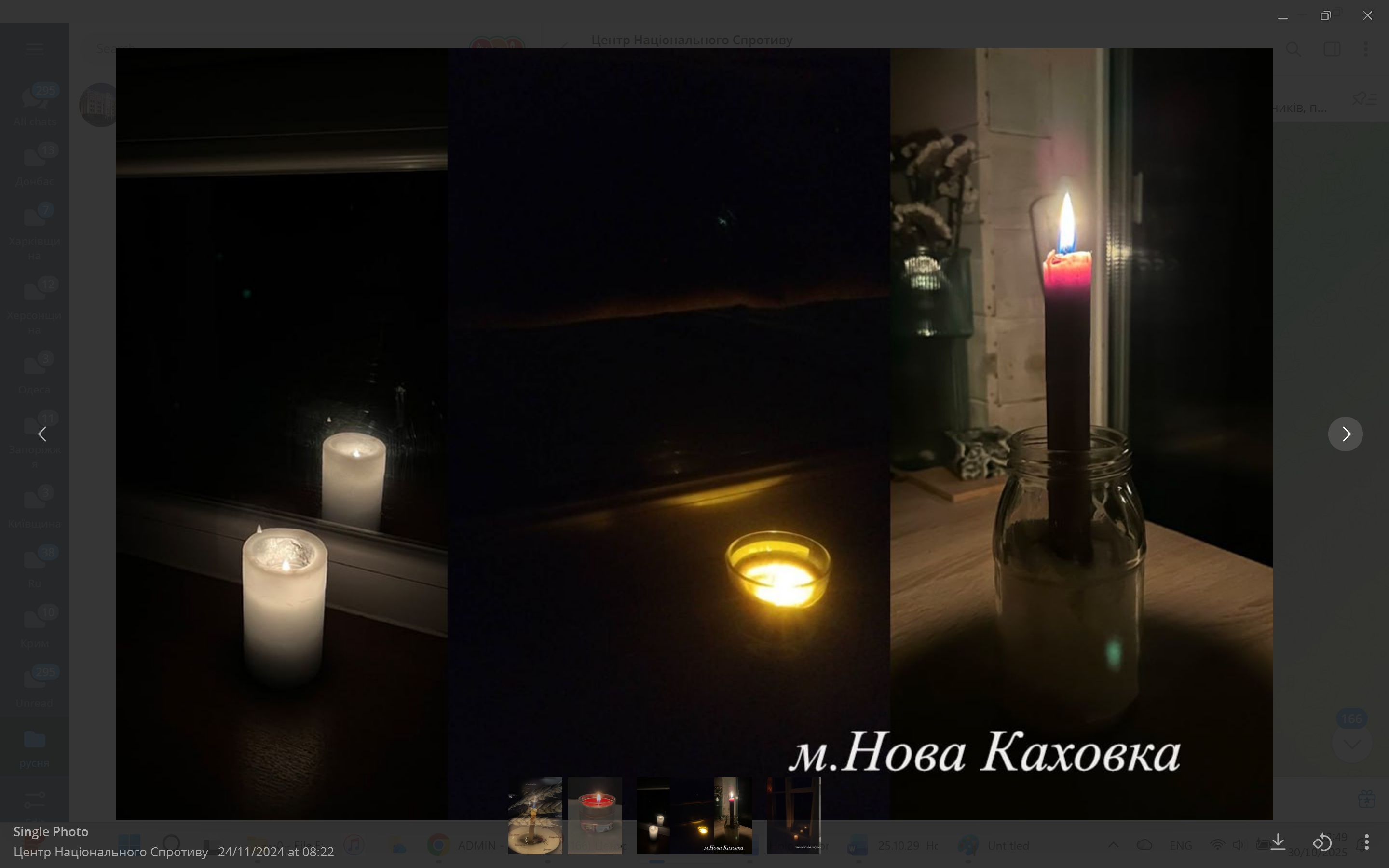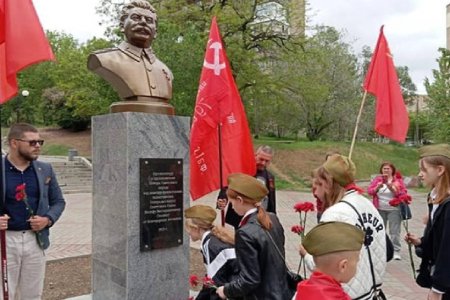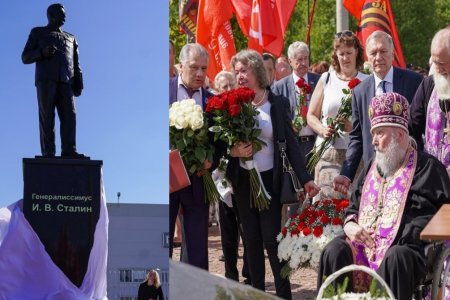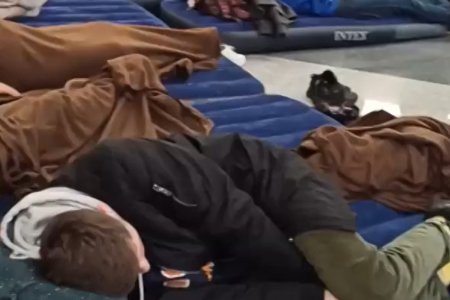
On 22 November, people in Ukraine and throughout the world, will be lighting a candle in remembrance of the victims of the Holodomor 1932-1933, the man-made famine in Ukraine, now recognized as an act of genocide. Candles will be burning also in parts of Ukraine presently under Russian occupation, however, there such candles are more than a simple act of remembrance. Historical memory has come under attack in any part of Ukraine under Russian control, with Russia banning acts of remembrance for the victims of the 1944 Deportation of the entire Crimean Tatar people immediately after its invasion of Crimea, and for the victims of the Holodomor on all occupied territory. Honouring the victims of such horrific crimes has become an act of resistance on occupied territory, one that requires courage and can lead to repression.
The current Russian regime’s attack on historical memory and attempts to rewrite the past began long before its military aggression against Ukraine. It has consistently sought to prevent recognition of the Holodomor as an act of genocide by Ukraine and other countries, arguing that it did not differ significantly from other natural famines across the Soviet Union. Since 2014, it has just as aggressively sought to eradicate Ukrainian identity in the territories under its occupation. This has included efforts to eliminate the Ukrainian language and to remove books either written in Ukrainian or focused on Ukrainian history. It is no coincidence that, in early 2023, the list of books deemed “extremist” and ordered removed from all educational institutions in occupied Luhansk oblast included all works on the Holodomor, as well as publications by internationally renowned historians.
The attack on monuments began soon after Russian and Russian-backed militants seized control of parts of Donetsk and Luhansk oblasts in 2014. By August 2015, plans were underway to dismantle the Memorial to the Victims of Political Repression and the Holodomor in Snizhne (Donetsk oblast), with it claimed that this was aimed at the “reinstatement of historical justice”.
Since Russia dropped all pretence and began its full-scale invasion of Ukraine, monuments have been dismantled or destroyed in many parts of occupied Ukraine. In October 2022, Russia destroyed the Memorial to Victims of the Holodomor in Mariupol. It was erected in 2004, near the Drama Theatre which Russia bombed on 16 March 2022.
They have since destroyed many other such monuments, in occupied parts of Kherson oblast, the monument to Victims of the Holodomor and Stalin’s Terror in occupied Luhansk and others.
Following the Russian regime’s ‘rehabilitation’ of Joseph Stalin in Russia, a monument to the ruthless dictator and mass murderer of Ukrainians was erected in occupied Melitopol in May 2025.
In a recent Skhidny Variant study of the situation in occupied parts of Donetsk and Luhansk oblasts, Inha Pavliy notes how remembrance “has turned into a form of resistance” and how the occupation administrations not only destroy monuments and plaques but also maintain surveillance on citizens viewed as ‘unreliable’. Any mention of the genocide of Ukrainians is dubbed ‘extremist’.
“Yet even where total control has been imposed,” Pavliy writes, “people find a way of remembering – they light candles, write posts in closed Internet chats; write prayers. Their memory is yet another frontline.”
On Holodomor Remembrance Day in November 2024, Ukraine’s National Resistance Centre published just a few of the dozens of photos they had received from Ukrainians in all cities under Russian occupation. The Centre stressed that Ukrainians were continuing such acts of remembrance despite the very real risk of repression.
There are no grounds for seeing this as exaggeration. Russia has sentenced at least one Ukrainian, Mykola Onuk, to five years for ‘Yellow Ribbon’ activism, with this likely to have been graffiti in support of Ukraine or affirming that Crimea is Ukraine. Another five-year sentence against Ksenia Svietlishyna for pro-Ukrainian graffiti was recently overturned at cassation level, with the 39-year-old Ukrainian now facing ‘treason’ charges and a potential 20-year sentence.
Yellow Ribbon posted that the Russian-controlled administration of the occupation ‘Donetsk national university’ had warned student bodies that there must be no mention of the anniversary of the Holodomor among the students, neither in classes nor at home. The administration warned that “the lighting of so-called ‘candles of remembrance’ and similar activities are viewed as part of western anti-Russian propaganda”. The students were warned of the consequences they would face, with the administration also stating that “university is not a place of pseudo-historical anti-Soviet speculation”.
It is worth stressing that Yellow Ribbon had learned of these threats, etc. because a lecturer, student or others had had the courage to inform them. They ask others to send any information about similar bans.
Skhidny Variant reports that remembrance events “have become an important part the renewal of national identity” in liberated parts of Donbas (as well, doubtless, as Kherson, cities in Kharkiv and Kyiv oblasts).
It is not difficult to understand why. On 25 November 2023, during one remembrance gathering, Serhiy Dobriak, Head of the Pokrovsk City Military Administration, spoke of it being “our sacred duty to remember those whom the Bolshevik regime killed through famine, and to support today’s defenders who are countering Putin’s genocide. It is national memory that makes us united and provides us with the strength to continue our resistance.”
Russia’s aggression targets Ukraine’s national memory and identity, employing not only military force—bombs, mortars, and tanks—but also instruments of repression, propaganda, and indoctrination.



